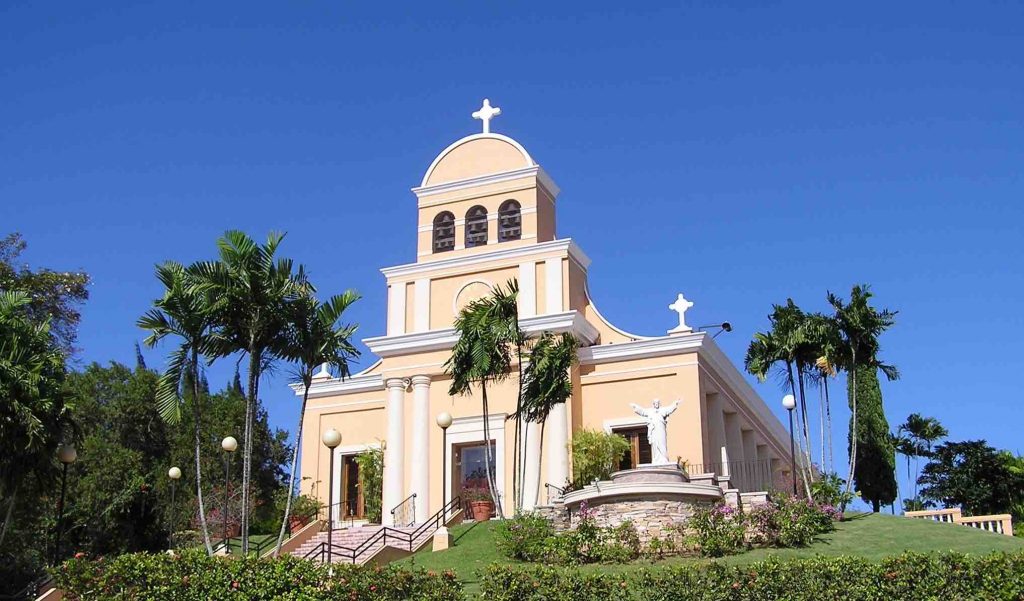
Context of a transcription: African Ancestors in the first book of deaths
Back in 2006, while researching mundillo (lacemaking) in Moca, I was also learning more about a shared family history that ultimately led me to explore enslaved ancestors, African and Indigenous ancestors. Their strength and perseverance in the face of difficult situations inspires. As Daina Ramey Berry so eloquently writes in The Price for Their Pound of Flesh: The Value of the Enslaved, from Womb to Grave in the Building of a Nation (Beacon Press, 2017), we can recognize their soul value, and this goes beyond the missing surnames and identities that enslavement sought to steal away.
That September, I was able to transcribe some church entries from Nuestra Señora de la Monserrate for a small group of cousins and myself that coalesced into Sociedad Ancestros Mocanos. Sociedad Ancestros Mocanos, which I established on Yahoo! Groups, was where we asked each other questions and shared research findings and transcriptions. This process goes much faster today.
Initially, the census records and civil registration on microfilm were available at the local Family History Center, and we began to piece together trees that overlapped, merged and diverged across NW Puerto Rico and beyond. However, records from Moca such as the Libros de Bautismos, Defunciones y Matrimonios, like some parishes on the island, were not part of the LDS’ microfilm project of the 1980s-1990s. Because of that, any transcriptions obtained during trips were particularly of interest, and often held clues for moving another generation back in time. One of the things that we began to notice were the interconnections our families had, the oral histories, the fact of how an economy based on sugar also tied us to Africa, to the earlier history of colonization and Indian slavery, interrupted by myriad degrees of freedom both before and after slavery ended.
In Moca, I was fortunate to stay within the Pueblo, just blocks away from the building that dominates the center of town, Iglesia de Nuestra Senora de la Monserrate, built in 1853. The church had volumes of parish records in a small office building at the rear of the church, built atop a hillock at the center of Barrio Pueblo, occupying one side of the rectangular plaza.
Between 1 and 4 in the afternoon the office was open, and I brought my letter of approval from the Arzobispado de Mayaguez granting me permission to consult the volumes for genealogical research. I requested the first volume of Defunciones that begins in November 1852 and took the oversized book to a pupils seat, balanced it on the tiny desk and began to copy entries onto paper with a pencil.
Time was short, and I rapidly transcribed entries from surnames familiar from my research and shared with members of SAMocanos. I also noticed names of the enslaved among my entries and included them on my list, hoping to find connections later on. Now with DNA there is more chance to link to these ancestors, and hopefully, break down some brick walls.
A brief list of deaths, 1852-1859: Say Their Names
What follows are records for twelve people who were enslaved and who died between 1852-1859. Also listed are the names of an additional six persons who were their parents, along with several enslavers. These bits of secondary evidence, based on original records remain precious over time, as they both tie us to the place and to the ancestors in them. In some cases they are the only record available, some not digitized even into the present, so that the reliance on a transcription becomes almost a point of faith, yet can contain errors. In some cases, a transcription is often all that remains, and questions about who and what was in the original record are moot when these are no longer extant.
Among the names are Maria de las Nieves and Juana, who both survived the Middle Passage only to die age 48 and 53 during years of epidemics that took many lives. However, the parish record does not say why they passed. There may be accounts elsewhere listing those taken by epidemics. Also in the records is Juana Cristiana, a two year old child who was enslaved, as was her mother, and parish records reveal her parents married in the Catholic church. This did not change the fact they were in bondage, subject to sale or if they were able, to self purchase and thereby gain freedom before 1873. A very real fear was being sold or taken to another plantation in Cuba, where the scale of enslavement and sugar processing was ten times that of Puerto Rico, and slavery did not end until 1886.
Beyond those named, i’ve compiled a list of the parents mentioned largely mothers, whose names may appear in other additional documentary sources, such as notarial documents or for instance, be mentioned in the 1849 Censo de Altas y Bajas for Moca (in Hereditas and on the PReb.com site), or perhaps in other SPG publications, the 1830 Censo de Isabela or 1874 Censo de Lares among others. Another short list below is for the enslavers, under whose names the information on those listed, was entered into parish and municipal documents.
After freedom, surnames can follow those of the initial enslaver, or take on different surnames as relationships change or are revealed upon death or marriage. Please feel free to contact me should you find a connection.

